(5 min) Nervous System Regulation: 101 - How to Stop Freaking Out, Shut Down Less, and Actually Feel Human Again

You ever feel like your body is trying to sabotage you?
Like, one second you’re minding your business, answering emails, and the next—boom—you’re spiraling into fight-or-flight over a Slack notification. Or maybe you're more the “curl-up-like-a-potato” type, where stress makes you shut down, zone out, and forget how to function.
Either way, I see you. Your nervous system is doing exactly what it was designed to do… but maybe not what you need it to do.
Welcome to nervous system regulation—a game-changer for anyone who’s ever felt hijacked by their own body. Whether you're neurodivergent, been through trauma, burnt out, or just plain human, regulating your nervous system is the foundation of everything: focus, boundaries, relationships, productivity, and peace.
Let’s unpack what that means, how it works, and how to build your own toolkit of regulation strategies that don’t involve becoming a green juice-swilling yoga influencer (unless that’s your thing—no shade).
What Even Is Nervous System Regulation?
Let’s start with the basics, no PhD required... this is Unqualified Opinion after all ;)
Your nervous system is your body's command center. It's got two main modes:
- Sympathetic Nervous System (Fight or Flight) – your gas pedal. It revs you up when you sense danger (real or perceived).
- Parasympathetic Nervous System (Rest and Digest) – your brake. It calms you down, heals your body, and helps you chill.
When things are working well, your body can shift between these states as needed. You wake up energized, deal with stress, calm down after, and move on with your day. That’s what we call a regulated nervous system.
But when you’ve been through chronic stress, trauma, overwork, or life in a capitalist hellscape—your system can get stuck in one mode.
You’re either revving way too hard (hello, anxiety, panic, rage) or idling so low you stall out (hello, shutdown, numbness, burnout).
Living with undiagnosed ADHD until age 43 made this my daily reality... manic, excited, ready to do EVERYTHING... and then out of nowhere, before I could even get started... it was like total shut down... stop everything, stop work, stop eating, go nap for 5 hours. I am not kidding. Not only did this almost cost me my career at one point, it was seriously limiting my enjoyment of life... and not to get too dark... but I would be lying if I said that some days it was nearly too much.
After I was diagnosed with ADHD, my therapist/RN suggested I look into nervous system regulation techniques. In the last 10 years, I had been diagnosed with PCOS, Type 2 Diabetes (thankfully in remission now), Chronic Fatigue and Insomnia (Yeah, try figuring that one out!), Restless Leg Syndrome, and Fibromyalgia. And those are just the things I can remember off the top of my head, and that have an official name!
She said that my body, my brain, and my nervous system had been absolutely devastated and the only way to start getting better was to fix the nervous system.
And not with like, woo-woo magic and manifesting, but with real concrete strategies. Essentially, nervous system regulation is the practice of teaching your body how to switch gears again—consciously, safely, and regularly.
Why Regulation Matters More Than Hustling Harder
Listen, no amount of productivity hacks will help you if your nervous system is screaming. You can’t spreadsheet your way out of a dysregulated state.
Here’s why this work matters:
- A regulated system improves your emotional resilience—you recover faster after stress instead of spiraling for days.
- It boosts focus and memory—because your brain stops sounding alarm bells long enough to think straight.
- It helps with relationships—you respond instead of reacting, you set boundaries without blowing up or collapsing.
- It supports healing—because your body can finally rest and process safely.
- And yes, it even helps with money, work, parenting, sex, and sleep.
Regulation is the root system. Everything else grows from here.
Fight, Flight, Freeze, Fawn… Oh My
We all have our default "flavors" of dysregulation. Here's how they might show up:
- Fight – Snapping at your partner for breathing too loud, feeling chronically irritable or explosive.
- Flight – Constant busyness, overthinking, can’t sit still, always planning your escape (physically or mentally).
- Freeze – Numb, stuck, zoned out, can't move or decide. Procrastination city.
- Fawn – People-pleasing, saying yes when you want to scream no, over-apologizing, caretaking at your own expense.
None of these are bad. They’re just survival strategies your body developed to protect you. But if they’re running the show 24/7, they’ll eventually burn you out—or keep you stuck.
The goal isn’t to never dysregulate. That’s not realistic (or human). The goal is to recognize when you’re dysregulated and have tools to bring yourself back into balance.
Nervous System Myths (That Need to Be Snipped Immediately)
Before we dive into tools, let’s clear up some BS:
Myth 1: “Just think positively!”
No ma’am. Nervous system dysregulation is not a mindset problem. You can’t affirmation your way out of a panic spiral. Your body needs somatic (aka physical, body-based) support, not toxic positivity.
Myth 2: “I just need to meditate more.”
Sure, meditation can help. But if your nervous system is jacked up, sitting still might feel like torture. Some people need to move before they can be still.
Myth 3: “This is just who I am.”
Nope. You’re not broken. You’re responding to conditions that taught your body to stay on high alert. With the right support, you can retrain your nervous system.
Your Nervous System Toolkit: Let’s Build It
Now for the juicy part. Here’s a buffet of nervous system regulation strategies, from science-backed to sass-approved. Try them, mix them, make them yours.
1. Breathwork – But Not the Overhyped Kind
Not all breathwork is created equal. If a big deep breath makes you dizzy or panicky, you're not alone. Try this instead:
Box Breathing:
- Inhale for 4
- Hold for 4
- Exhale for 4
- Hold for 4
- Repeat 3–5 times. It tells your body, “We’re safe now.”
Sassy Note: Think of this as the nervous system’s version of hitting “force quit” on your stress app.
2. Movement, Baby!
Regulation thrives on motion. You don’t have to be a gym rat—just move your body:
- Shake it out like you’re in a Beyoncé video
- Go for a walk around the block (bonus if it’s barefoot on grass)
- Dance in your kitchen
- Do a wall push-up or plank for 10 seconds
These move excess energy out of your body fast. Think of it as nervous system drainage.
3. Cold Water Magic
Cold activates your vagus nerve (the VIP of nervous system regulation).
Try:
- Splashing cold water on your face
- Holding an ice cube in your palm
- Taking a cold shower (scream optional but encouraged)
It’s weirdly effective. You’ll feel like a half-defrosted popsicle, but also… calm.
4. Vagus Nerve Vibes
Your vagus nerve is the golden highway between your brain and your body. Stimulating it helps shift you out of survival mode.
Try:
- Humming (seriously, hum your favorite song)
- Gargling water aggressively
- Laughing (even fake laughing—your body doesn’t know the difference)
- Singing loudly and badly in the car
Bonus: It’s fun. And free.
5. Weighted and Grounded
Heavy = safety. That’s why weighted blankets feel like a warm hug from the universe.
You can also:
- Press your feet flat on the floor and push down
- Sit against a wall with something heavy in your lap (pillow, book, dog)
- Do a body scan and name 3 parts of your body touching something solid
This tells your body “I’m here. I’m safe. I’m present.”
6. Co-Regulation (aka Borrowing Someone Else’s Calm)
Sometimes you don’t need a tool—you need a human. Co-regulation is when your nervous system syncs with someone else’s calm. It’s why babies calm down when held, and why your anxious spiral stops mid-rant when your friend says, “Breathe. You’re okay.”
This could look like:
- Hugging someone safe
- Letting someone rub your back
- Talking to a calm friend or therapist
- Even texting “Help. Spiral incoming.”
Regulation doesn’t always have to be solo. Let your people hold you.
7. Sensory Soothers
Use your five senses to ground you:
- Sight – Stare at something beautiful. Light a candle. Watch trees move.
- Sound – Nature sounds, ASMR, rain on Spotify. Or your favorite nostalgic playlist.
- Touch – Fuzzy socks, warm blankets, lotion massage, a pet cuddle.
- Taste – Mint gum, sour candy, tea. Something strong to jolt your focus.
- Smell – Lavender oil, fresh coffee, a lemon slice, your grandma’s perfume.
Think of these as sensory snacks for your nervous system.
How to Know What Works for You
Everyone’s regulation profile is different. What calms one person may overstimulate another.
Ask yourself:
- Do I need to up-regulate (get out of freeze) or down-regulate (calm the F down)?
- Do I crave stillness, movement, connection, or sensory input?
- What has helped me in the past (even accidentally)?
Experiment like a scientist. Be curious, not judgmental. Keep a “nervous system diary” for a week if you want. Nerd out a little. Your future self will thank you.
Regulation ≠ Perfection
Let’s be clear: You will still have meltdowns. You will still freak out, shut down, or spiral sometimes. That doesn’t mean you failed—it means you're alive.
Regulation isn’t about never being dysregulated. It’s about knowing what to do when you get there. It’s about recovery time.
Used to take you 3 days to bounce back from one conflict? What if it took 3 hours instead? That’s nervous system success, baby. Regulation is the most radical, compassionate thing you can do for yourself. It’s not self-care fluff—it’s biology. And when your biology is supported, your brilliance can actually show up.
What Happens When You Start Regulating?
- You start sleeping better.
- You stop snapping at people you love.
- You feel less overwhelmed.
- You start getting sh*t done without needing a meltdown first.
- You actually enjoy things again. What a concept!
You begin to feel like yourself—not the overworked, overstimulated, anxious version. The real you. The grounded, connected, powerful version that’s been there all along, just waiting for your nervous system to feel safe enough to let her out.
You deserve to feel calm in your body. You deserve to feel safe in your skin. You deserve tools that support your softness, your fire, and your healing.
Regulate, hydrate, and go be your whole damn self.
I will be launching a full course and workbook about Nervous System Regulation in 2026, make sure you sign up for free to Unqualified Opinion to get first access to all our courses, books, articles, and digital tools


